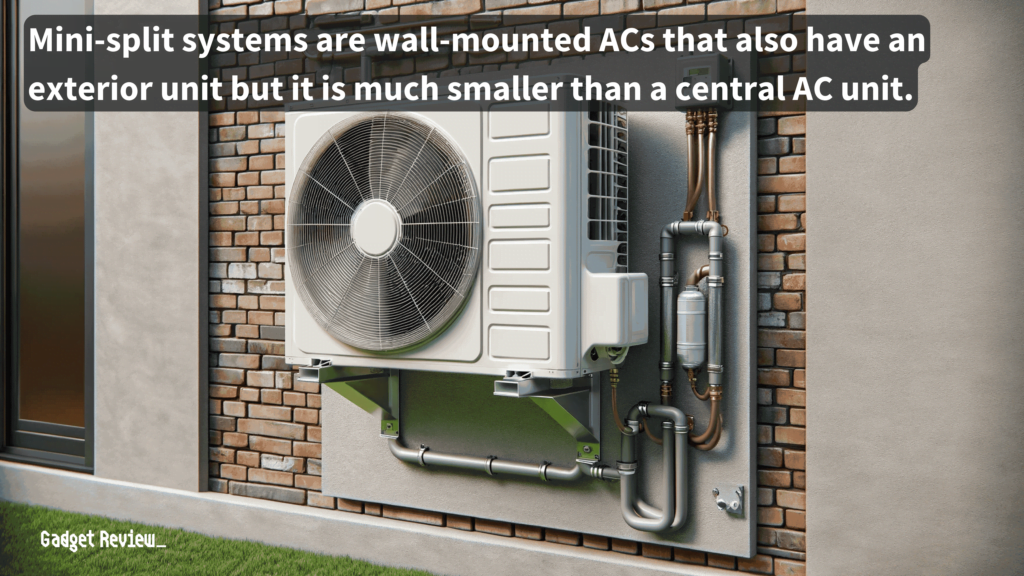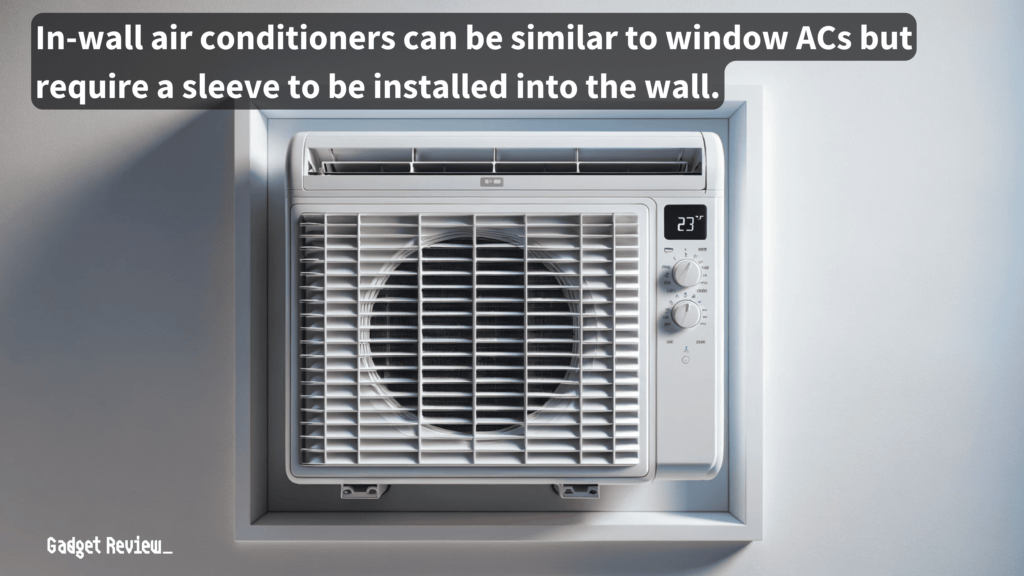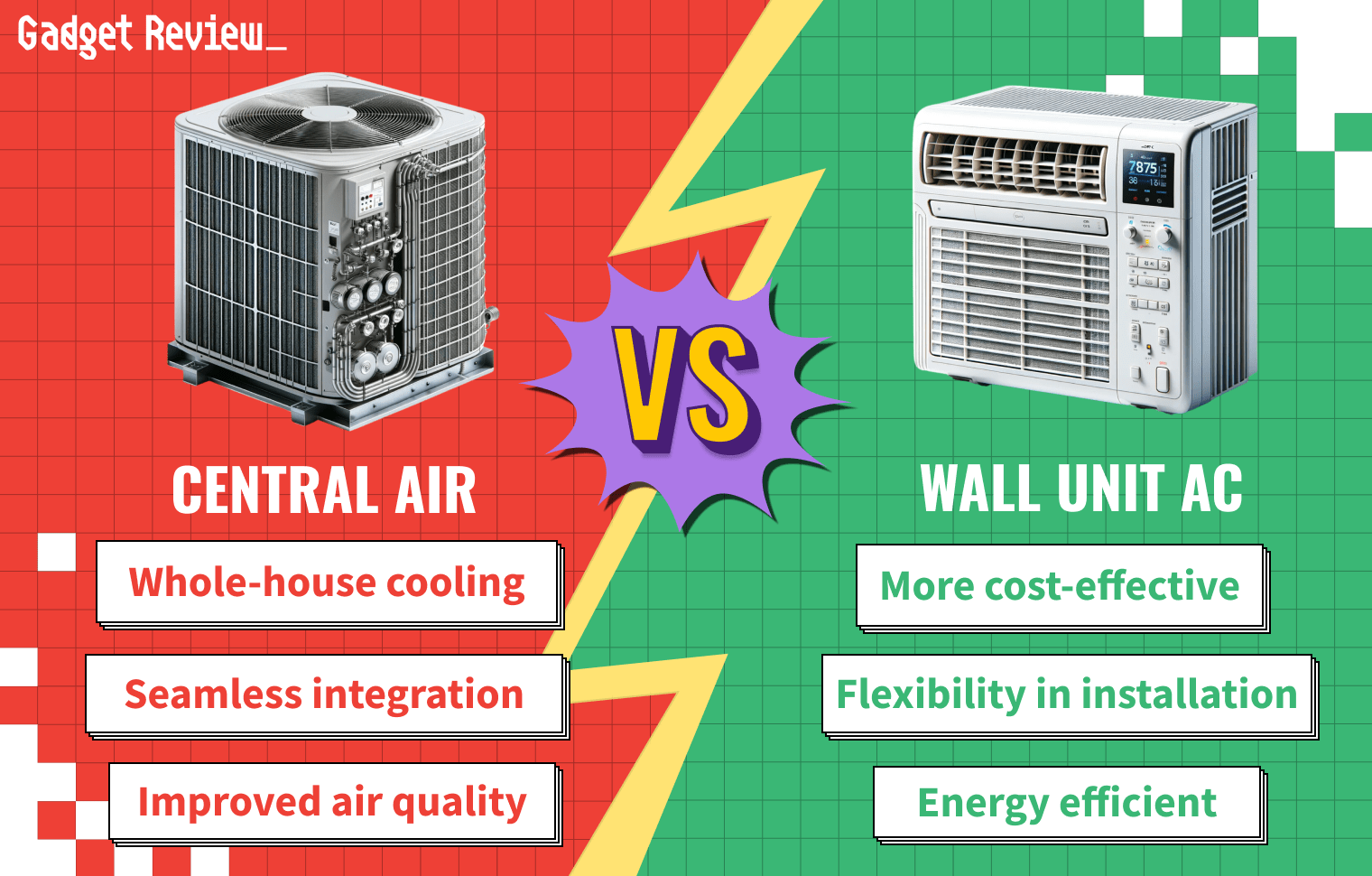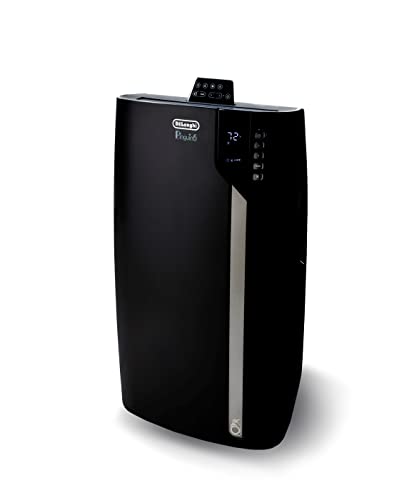If you are new to the world of indoor cooling, you may look to compare a central air conditioner vs a wall unit. Many of the best air conditioners, after all, ship in one of these two designs. Let’s take a look at what are the benefits and disadvantages of both types of AC units, and which is right for you. Keep reading to find out.
Key Takeaways_
- Central air conditioners cool the whole house at once, while wall units and window units only cool on a per-room basis.
- Wall units require a sizable hole in the wall, which will have to be professionally cut out.
- Central units include plenty of components, such as a heat pump and outdoor unit, each of which is on the expensive side.
Differences Between Wall Units and Central AC
As you discover the different types of air conditioners, you’ll realize wall units and central systems are each unique in their own ways. The primary difference is location, as central units feature an outdoor unit and wall units do not unless going with a mini-split system. You may also be interested in learning about how a heat pump and AC compare.
Whole-House Cooling
Central air conditioning systems are built to cool an entire building or home in one fell swoop, with ducts, vents, or cooling tubes located throughout the house.
To maintain comfortable temperatures throughout the living spaces, central air systems rely on an extensive network of ductwork.
insider tip
Both types have air filters to clean or replace according to the manufacturer’s instructions.
Wall units, on the other hand, only cool the room in which they reside, similar to how portable AC units and window air conditioners work.
Ductless systems, such as wall-mounted units, offer flexibility for families seeking to maintain a comfortable temperature in specific areas without the need for extensive installation.

If you want your whole house to become cool at the same time without the fuss of multiple systems, go with a central unit.
Installation
Both of these AC types are difficult to install in their own ways.
Central units require professional installation and include multiple components, and typically include an exterior unit and an indoor air-handling unit, which work together to keep the entire house cool during the summer heat.

As the exterior unit will sit outside all year round, be sure to know how to clean leaves out of the air conditioner to ensure it runs optimally.
Wall units need space in an exterior wall, so you’ll have to hire someone to cut out a sizable chunk of your wall unless one already exists.

Ductless air conditioning, which includes a wall-mounted unit and an exterior unit, provides an energy-efficient option to traditional window air conditioner units.
Central air conditioners also require ducts to operate, and some older homes do not have any. In other words, it’s something of a toss-up here.
Cost
Central air conditioning systems are on the expensive side, especially when compared to wall units.
Central AC units can cost thousands upon thousands of dollars, whereas wall units cost just a few hundred dollars, depending on the size and cooling power.
The upfront costs of installing a central air conditioning system can be significant, but it’s important to consider the type of air conditioning that best suits your needs.
Energy efficiency is a key factor in the long-term cost-effectiveness of any type of air conditioner, influencing both the initial investment and ongoing maintenance costs.
STAT: In terms of total energy use, a central air unit will use the most by far. Window and wall units typically use between 500 to 1,500 watts, while a central AC may be in the neighborhood of 3,500 watts. (source)
It must again be noted that you get what you pay for here, as wall units only cool a single room while central units cool the whole house.
Ductless air conditioner options, such as ductless mini split systems, can be more cost-effective and energy-efficient for cooling individual rooms or areas within a home.
Portable air conditioners offer additional options for cooling but may not be as energy efficient or effective at maintaining a consistent comfort level across larger spaces.

























